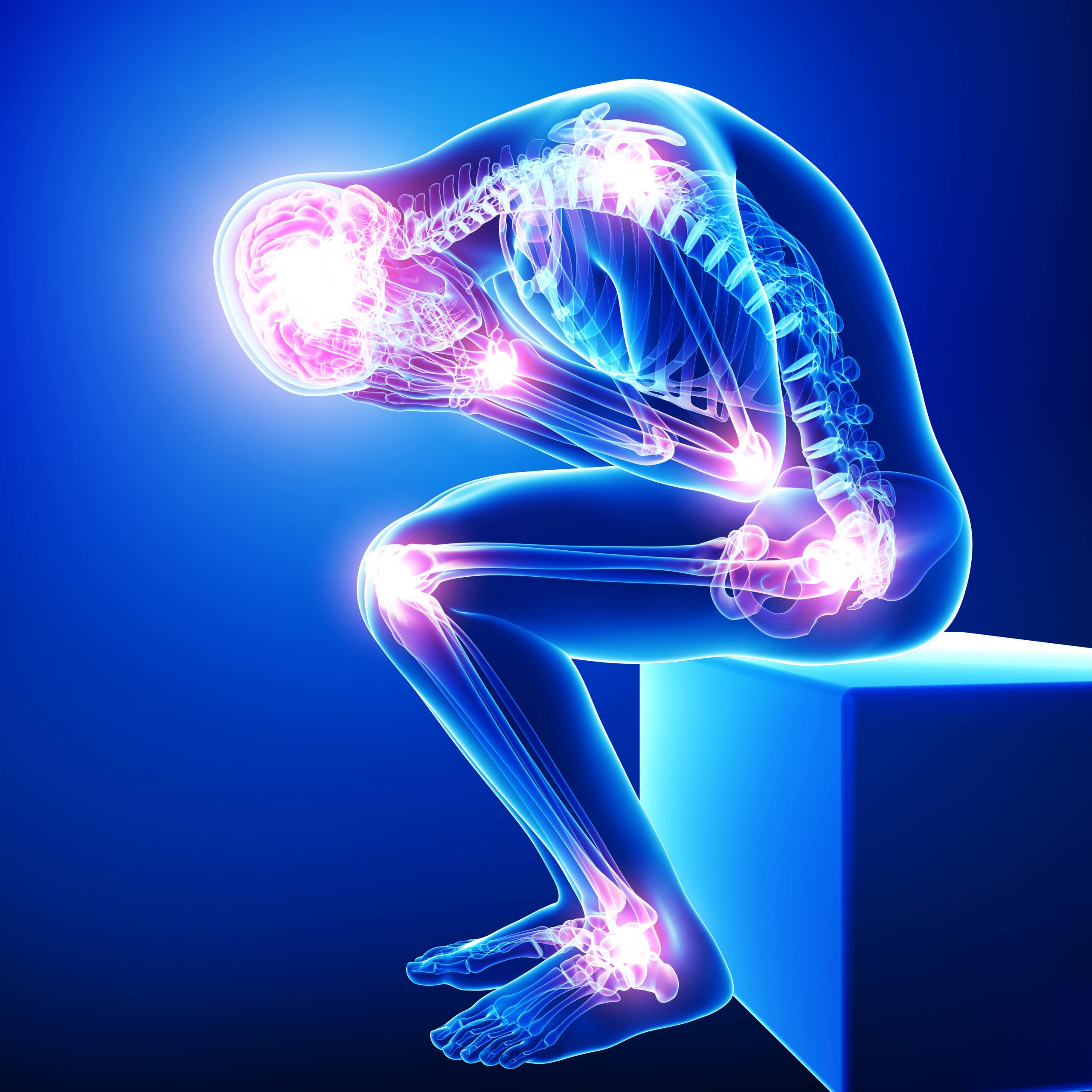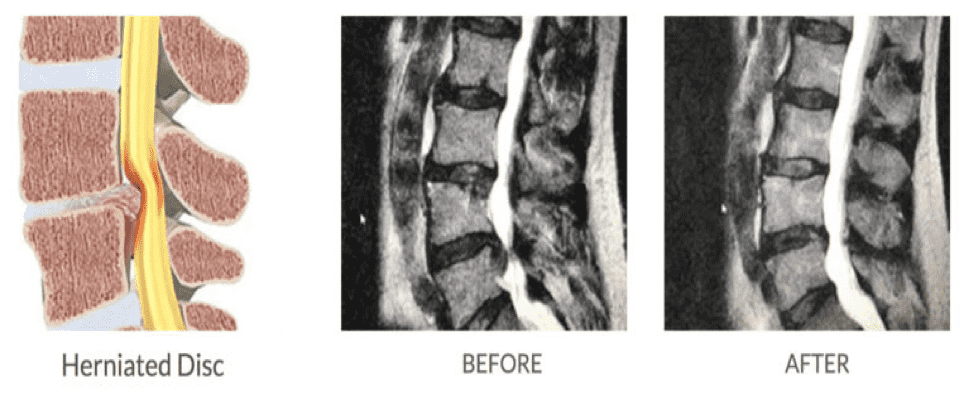Radicular Syndrome
It’s a fact of life that no one likes to be in pain, however, sometimes this can be unavoidable. Understanding the differences in pain types can help identify the cause of your pain and narrow down your condition. Radicular syndrome is characterized by radiating pain in the legs or arms. Radiating pain is described as beginning in one area and spreading across to a bigger area. The spine is made up of vertebrae, tissues, and nerves that help you move. When these vertebrae shift or tissues begin to narrow, it can cause the surrounding nerves to irritate. Ultimately, this results in discomfort and debilitating pain that can impact your daily life.
At West Texas Neck and Back, our specialists provide non-invasive and conservative solutions that target the condition causing your radicular syndrome. Often, radicular syndrome may be caused by a herniated disc or sciatica, leading to pain that travels from one body part to another. If you’re experiencing pain that is impacting your mobility or causing you daily discomfort, it is important to reach out to one of our chiropractic professionals to determine the root cause of your condition.

Causes Of Radicular Syndrome
Your spine is made up of bones, but in order to provide your back with a range of movement, the bones have discs in between each bone to allow some degree of flexibility, allowing you to bend and move your back around. These discs are normally sealed within an exterior casing, but wear and tear can cause this casing to wear down, making a rupture in the casing more likely.
When this happens, your disc may slip out, which can irritate the nerves in your spinal cord. Depending on the location of the slipped disc, this may affect your thighs or your shoulders. No matter the cause or the location, this can cause numbness, tingling, or weakness in the affected areas where the nerves have been disrupted by the stress exerted by the herniated disc.

The spine consists of a number of vertebrae that are wrapped around the spinal cord. In between those vertebrae are discs that comfort the vertebrae and prevent them from rubbing up against one another. Without those cushioned discs, you would be in a lot of pain – and this is what spinal arthritis is. Those discs begin to break down. In some cases, they can even squeeze that cushioning towards the spinal cord, causing pressure on the nerves in that area.
The sciatic nerve starts at your lower back and runs down through your leg. If you’re experiencing sciatica, this is the area where you will feel the most pain. Sciatic pain can be intense, and your lower back can take a major beating. It’s important to recognize sciatic pain so that you can quickly begin treating the condition. Often, radiating pain can travel from your lower back, through your hip and down into your leg if you are afflicted with sciatica.
There are two forms of spinal stenosis, cervical stenosis is when pain occurs in the neck area, and lumbar stenosis which occurs in the lower back. Pain, along with the symptoms previously mentioned, is caused by the gradual narrowing of the spaces between the vertebrae in your spine. This narrowing process begins to put pressure on the nerves in the spine and can result in radicular syndrome.
Experiencing Radicular Syndrome? Our Experts Can Help.
Regardless of the cause, our experts are standing by and ready to help you get out of pain. From spinal stenosis to a herniated disc, our spinal decompression therapy works to relieve the pressure on your nerves. Thus, reducing your pain while combatting the cause of your condition. Spinal decompression is a non-invasive way to sustainably alleviate pain from radicular syndrome, and conditions like spinal arthritis.
